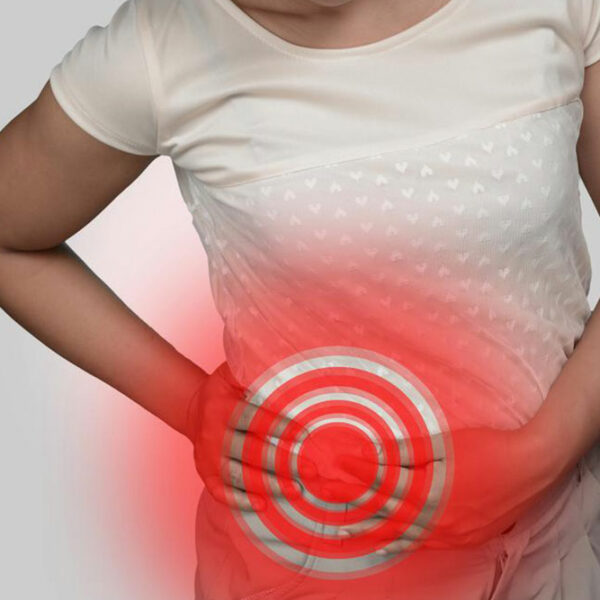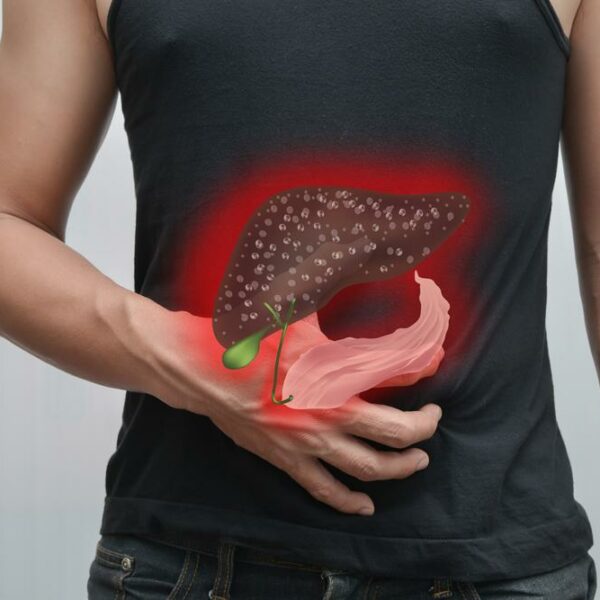
Diet for a fatty liver – What to eat?
A fatty liver, whose medical name is steatosis is a term used to describe the buildup of fat in the liver. The allowable percentage of fat in the liver is maximum up to 10 percent. Anything above of this is termed as a fatty liver. Being the second largest organ in the body. It is a reversible condition and does not cause a permanent damage. Being second largest organ in the body, the function of the liver is to process everything a human body eats and processes and filters out harmful substances from the blood. The process gets interrupted if there is too much fat in the liver. It commonly repairs itself by building new liver cells replacing the old ones, when they get damaged. When there is repeated damage to the liver, it causes permanent scarring which is usually called as cirrhosis. Fatty liver has become because of our food habits and sedentary lifestyle that we have adopted. In most of the cases fatty liver is detected in people between ages 40 and 60. People suffering from a fatty liver should ideally include: Raw vegetables in the diet. Avoid eating fruits with high content of sugar. This will help you getting rid of the condition of fatty liver and also control weight.



